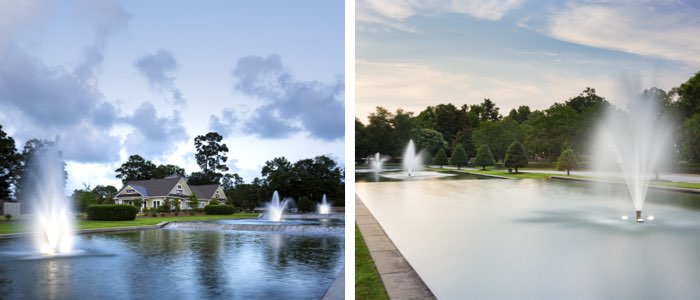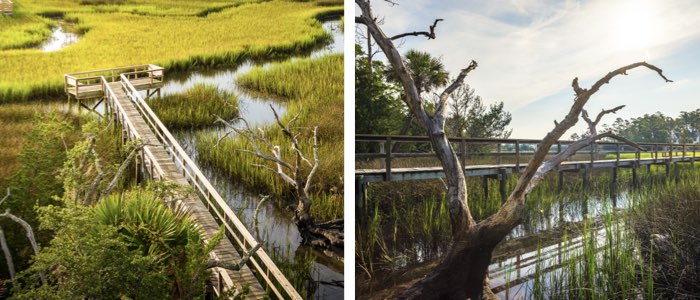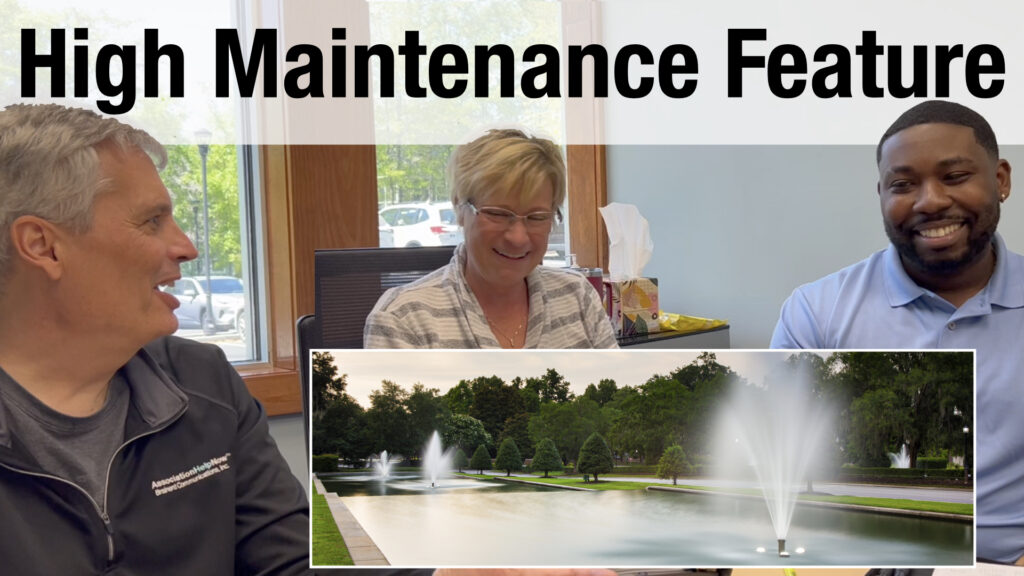By Raymond Dickey
When it comes to managing a large-scale community association with personality, prestige, and plenty of moving parts, few neighborhoods offer a better case study than Park West Master and HOA in South Carolina. I recently had the chance to sit down with Sheryl James, the Amenity Association General Manager, and Eugene White, the Assistant General Manager—both with CAMS, the management firm overseeing the community— to dig into what it really means to manage a place as complex as Park West.
From the very start of our conversation, one thing was clear: this isn’t your average suburban development.
“You have a lot of stuff going on here,” I said as we got started.
Sheryl responded without hesitation. “We have 2,700 residents, 44 sub-communities, and 34 commercial properties that all encompass Park West Master.” Oh, and if that weren’t enough? They have a church, crab dock, and a senior center.
“This is like a real USA neighborhood,” I remarked. Eugene added context: “Our residents come from all over the place. Most are from Ohio, a lot from New York—a lot of northern states. It’s really a melting pot coming in.”
It’s the kind of community that almost has everything… except, as I jokingly asked, “Do you have a circus?”
“No circus,” Sheryl replied with a laugh. “No zoo either—but we’ve got a large amount of alligators.”
But as lighthearted as some of these features may sound, managing a place like Park West isn’t all sunshine and smiles. When I asked what the most challenging part of the job was—not just in terms of management, but in terms of oversight and resident expectations—both Sheryl and Eugene immediately pointed to one visually prominent feature: the entrance fountains.
“One of the things Park West has is a water feature at our entrance,” Sheryl explained. “It includes two bays on the exit and entrance side with six fountains—three on each side. They’re beautiful when they function correctly… but you just never know. A well pump could go down, or you might get a crack in part of the system that shuts everything down.”
It’s not just an aesthetic concern—it’s a major point of pride and, occasionally, frustration for residents. “When those fountains go down, the phone starts ringing,” she said. “People will call and say, ‘What’s going on with the fountains? We have family coming into town—we want them to see them!’ But these things take time to fix.”
And when they’re not working? “That’s where we get judged a lot,” Sheryl admitted. “People tend to focus on what they see first. And if the first thing they see driving in is a dry fountain they don’t care what else is working.”
I pointed out what many don’t realize: these aren’t simple decorative elements. “People don’t understand how complex these water systems are. They can be as difficult to maintain as a pool.”
Sheryl agreed. “Oh yes. In fact, many vendors won’t even work on our fountains because they’re so unique. Thankfully, we’ve had a vendor that’s been with us since Park West was first developed. They understand the systems, how they were built, and how to keep them running—but it’s a challenge every day.”
These aren’t new installations either. “They’re over 25 years old,” she shared. “They used to be cascading features. We took those out, installed the current fountains, and even re-lined the bays. It’s been a lot of work.”
So why not remove them? Eugene stepped in to explain.
“There’s always going to be a group of residents who come in and question what’s already there,” he said. “And for something like the fountains, there are definitely voices who say, ‘Let’s remove them, fill them in, and plant butterfly gardens or natural landscaping.’”
But it’s not so simple. “Because the fountains are such a huge visual staple of the community, it makes that a hard conversation to even have,” he explained.
They’re not specifically listed in the governing documents as requiring a community-wide vote for removal, but Sheryl emphasized that, “If you’re going to remove a major amenity—or what we call a feature—you owe it to the community to put it to a vote. Let the people decide. Some want change, some love what’s there. It has to be a collective decision.”
To me, it sounded like the classic love-hate relationship. “You drive in and think, ‘I love them!’” I said. “But then when something goes wrong, it’s like, ‘Ugh… not again.’”
Sheryl laughed knowingly. “Exactly. When they’re working, they’re gorgeous—like a resort entrance. But when they’re down, the residents notice, and we feel the pressure.”
As we wrapped up the conversation, I asked what they actually call the fountains.
“We call them features,” Sheryl said cautiously. “Not quite an amenity—definitely a feature.”
Whatever label you put on them, one thing’s for certain: the Park West entrance fountains may be one of the most high-maintenance features in any community I’ve come across. But they’re also a symbol of pride, identity, and the intricate balance that community managers like Sheryl James and Eugene White navigate every day.
Thanks to both of them—and to CAMS—for giving us a glimpse behind the scenes of what it takes to run a community that’s anything but ordinary.


You can find the video at: https://youtu.be/FB1q62kPVp0
Find more videos and content at: www.AssociationHelpNow.com
To contact CAMS – Community Association Management Services, AAMC: Ronda Bossert, CMCA, AMS – Senior Vice President of Community Management – rbossert@camsmgt.com
Disclaimer: This content has been generated using the GoToWebinar system and assisted by artificial intelligence; therefore, accuracy is not guaranteed. Quotations included in the summary have been used with permission from the respective panelists. Always consult your legal, accounting, or other qualified professionals before making any decisions or taking action based on this content.
